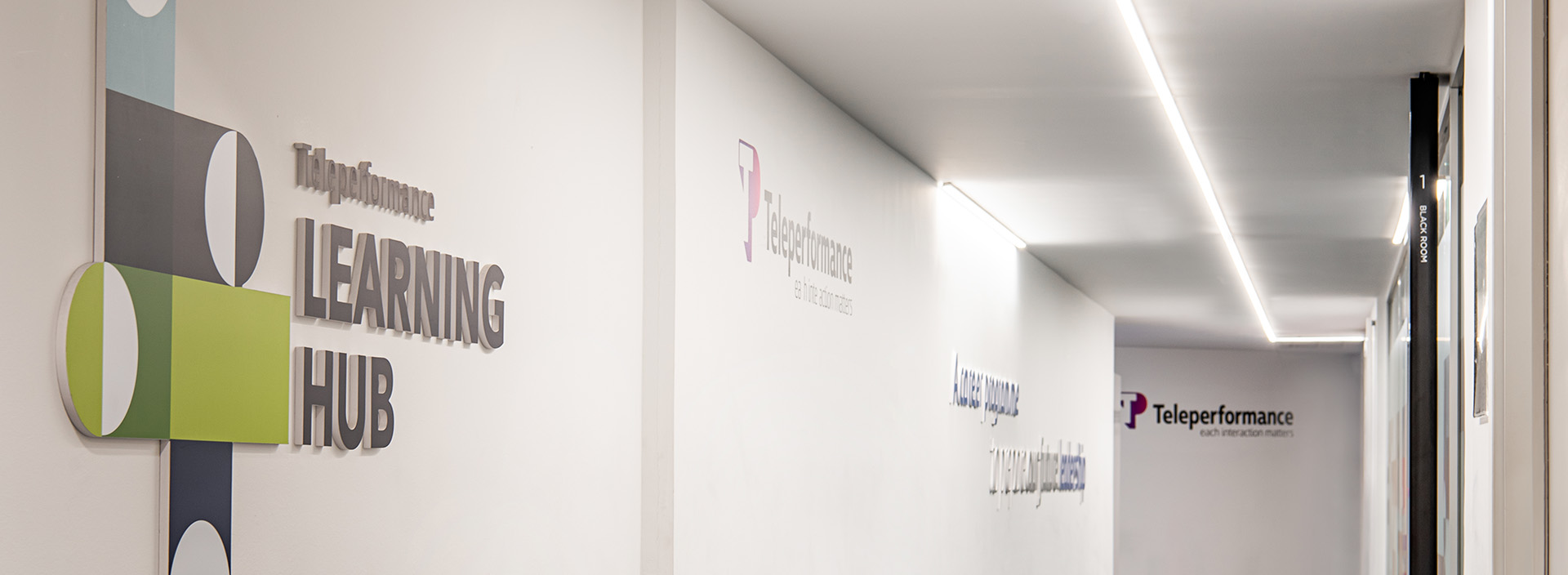A learning culture that aligns all the teams in an organization with the same set of objectives, values and promotes the development of employees’ skills and competencies is halfway to success!
Building and developing a learning culture is a practice that encourages all employees of a company to understand the business objectives, its products, the market in which it operates, its mission, structure, strategy, among others.
This context and perception allow employees to obtain the knowledge and skills necessary to perform better, better satisfy customers and, ultimately, help the organization to grow.
There are several areas of the business that can be positively impacted by the practice of learning and development policies in a company: improved performance and increased employee retention as easier recruitment processes.
However, to learn it is necessary to listen to healthy criticism and for development, it is necessary to be open to behaviours change, which can be a constant and lasting exercise. The basis for creating a learning culture is a work environment that promotes security, trust and inclusion in the sharing of experiences, difficulties, mistakes, and failures.
In performance cultures, people are determined to prove themselves. But in a learning culture, people are more interested in improving themselves – and the organization around them.
Nevertheless, this concept of learning does not arise overnight, the implementation of these practices must be natural, habitual, adaptable and should be rooted in employees from the moment they join the organization.

Onboarding
In a work environment there is always some organic and informal learning, but structured and formal learning should not be ruled out.
The initial welcome to the employee, right in his first days of work, is extremely important for him to become familiar with the institution’s codes of conduct, working procedures, what products/services the company offers and the existing structures.
Accessibility
When the process is arduous, there is more friction in learning.
The platforms where the content is made available must be easily accessible. The login must be simple, the panel of tools and menus must be intuitive and visually attractive, and available in several languages, as is the case of Teleperformance, which has employees from 96 nationalities.
Planning
Structuring information and defining learning objectives, creating a content repository, providing online workshops and mentoring programs can be ways to attract employees to constant learning.
Valuing learning time
Imminent deadlines, ongoing projects, endless meetings – it’s hard to find time to learn these days. In this way, the organization must promote the need for learning time and its value, as well as encourage employees to set aside time during the day to improve their skills and competencies.


